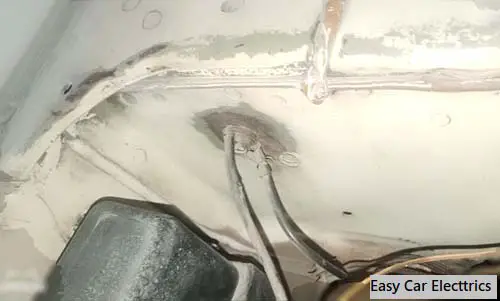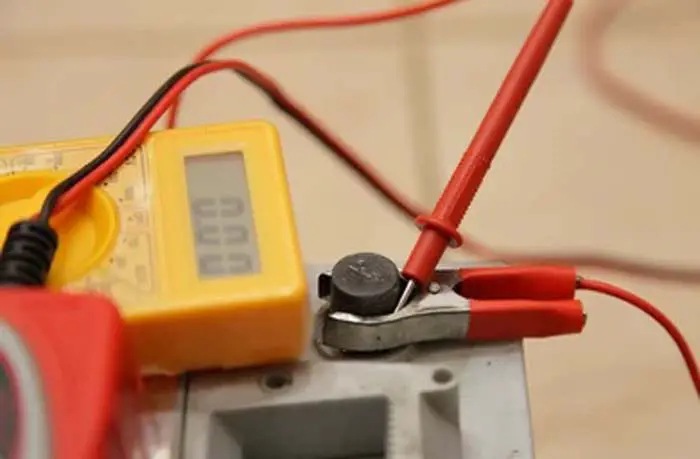
A ground wire is an essential component for the whole electrical system and is also sometimes named a ground strap or negative cable. It forms the basis of the electrical system as a faulty ground wire can cause various issues, especially for accessories that are using the electrical power of the vehicle. It is important to regularly monitor the condition of ground wires to detect bad ground.
Do you need to know the answer to how many ground wires a car has? Whether you’re a DIYer looking for information on car repair or an auto mechanic in search of the right information, this blog post has the answers. We’ll discuss what exactly a ground wire is, why it’s important, and how many of them a car needs. Let’s get started!
How Many Ground Wires Does A Car Have

Battery wires are responsible for the passage of current through all the electrical components of a vehicle. The ground wire of the engine is a thick cable of black color that is connected to the chassis of the vehicle from one end and to the negative terminal of the battery on another end.
Most cars have just one ground wire connecting the battery to the frame of the car. This wire is necessary for the battery to function properly and to ensure the safety of the car. At least one ground wire is required for the proper functioning of the vehicle which is attached to the frame. However, two ground wires were also present in some old models one of them was attached to the engine block, while the other was connected from the engine block to the frame.
The ground wire is typically connected through a clamp or a nut and bolt system and helps create a circuit that allows electricity to flow within the car. In case of bad ground, various circuits of the car can work abruptly. For example, turn signals might turn on when they should be off due to bad ground, which can result in serious issues.
Determining Electrical Grounds Ailment

Diagnosing bad ground can be difficult, but there are some telltale signs that can help you determine if the issue is related to bad ground. Flickering lights, electrical devices working erratically, and faulty fuel pumps are all potential signs of bad ground. Other potential signs include slipping or burned-out AC compressor clutches, intermittent failure of sensors, and damaged throttle or transmission cables. Additionally, hard starting may also be indicative of bad ground. To diagnose the issue, it is important to first check the fuse box for any damaged or disconnected wires. If no issues are present in the fuse box, then further testing may need to be done to determine if the bad ground is the cause of the problem.
Quick Tips for Removing a Bad Ground Cable
Removing a bad ground cable can be a daunting task. The first step is to locate the negative battery cable. Once the negative battery cable is located, it must be removed and cleaned. To do this, loosen and remove the battery cables from the battery terminals, then remove the cable/wire from the other end. Once complete, a larger high-quality cable should be attached to the engine block or starter motor bolt as a replacement for the negative ground cable. Following these steps should help ensure that your car is running optimally with no unwanted electrical surges or hums.
FAQs
There is no issue with joining two ground wires of a vehicle together. But make sure that the connection wire has the capacity for the flow of the required current. Each ground wire must have a capacity of current which is required for two lights.
All the ground wires must have a tight connection at each point. If you are using a sheathing must ensure that the connection is firmly tightened. You can use a receptacle analyzer if you have any doubts about the outlet ground connections.
The poor ground gives enough signal and time to check the connection however if it is left unchecked then it might result in the complete failure of the fuel pump. Disturbance of ground signal is responsible for such issues.
Firstly, turn the knob of the multimeter to select Ohm. Connect one lead to the metal chassis and the other lead to the free end of the negative terminal of the battery. After the connection check, the reading, zero ohms reading is an indication of a good ground wire.
Most of the ground connections are like a bolt or studs and the location of these connections depends upon the manufacturer. In some cases, it is present on the back side of the removable panel of the passenger and driver side or by the side of the glove box.
Related Post: How To Find A Short In A Wire With Multimeter: 5-Step Guide
Sign Up




